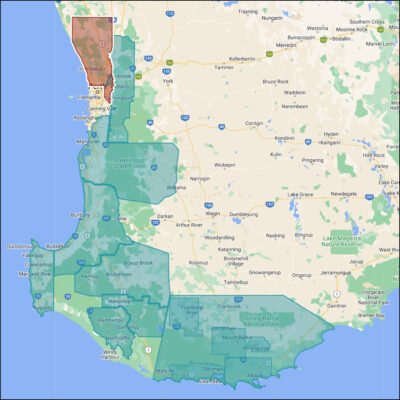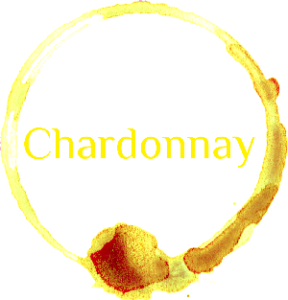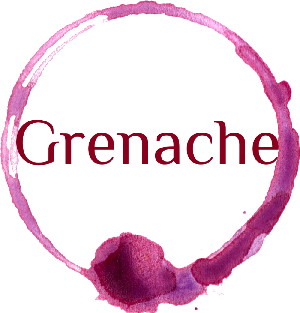The Swan District Wine Region is north of Perth, Western Australia, and encompasses the sub-region of the Swan Valley. It forms part of the Greater Perth zone and is shared with Peel and Perth Hills. It covers 3,593 km2 of land and has a total of 890 hectares of vineyards. The region extends from just north of the city of Perth up to Boonanarring, although most of the wineries centre around the Swan Valley. The proximity to the Swan River influences the local viticulture.
The region is one of Western Australia’s oldest wine-producing areas, with its first vines planted in the early 1830s. It has a rich heritage tied to early European settlement and has evolved significantly over the years, transitioning from traditional farming practices to modern, innovative winemaking techniques.
The region has a warm to hot Mediterranean climate and is one of Australia’s warmest wine regions. It is very dry during ripening and harvest, with most rainfall occurring during winter and spring. It has an extremely high mean January temperature of 24.2oC and low relative humidity. The district takes relief from the heat from the famous Fremantle Doctor – the south-westerly sea breeze.
The Swan River provides essential irrigation and creates a unique microclimate that supports vine growth. The soil is a mix of sandy loam, clay, and gravel, contributing to the complexity of the wine produced in the region.
Top Stats
Harvest
Late Jan to late Mar
Mean Jan temperature
24.2°C
Area of Vine
890 hectares
Altitude
0 – 283m
Growing season rainfall
151mm
Principal Varietals
White varietals dominate this region 80/20. Chenin Blanc is one of the star varieties, and the region produces a diverse range of styles, from bright and crisp to rich and full-flavoured white wines with good ageing potential. This varietal accounted for almost 40% of the region’s crush in 2023.
Verdelho is another traditional varietal here; most wineries produce wine from this grape. They offer honeysuckle and fruit salad flavours and often shine alone without needing oak. This grape was 20% of the 2023 crush.
Yet another standout white with a 12% share, Chardonnay grows well in this sun-soaked region, particularly in the light soils of the Swan Valley. It produces a range of white wine styles and is also used in the region’s sparkling wines.
The first red to appear on the top 5 list is Cabernet Sauvignon, which accounts for only 7% of the region’s production. Swan District Cabernet Sauvignon typically exhibits rich flavours of dark fruits such as blackcurrant, blackberry, and plum, often complemented by chocolate, cedar, and spice notes. The region’s warmer climate contributes to the fruit-forward character of the wines.
Last but not least, Grenache has become increasingly popular in the Swan District and is known for producing vibrant, fruit-forward wines. This varietal thrives in the region’s warm climate, making it an ideal choice for local winemakers looking to create approachable yet complex red wines.
Source: www.wineaustralia.com,









